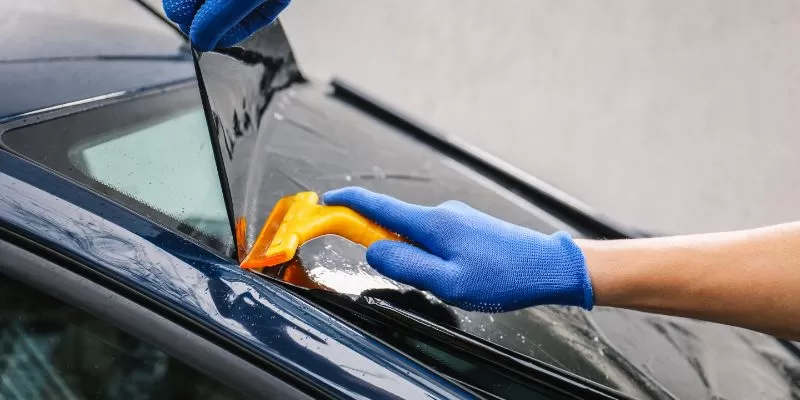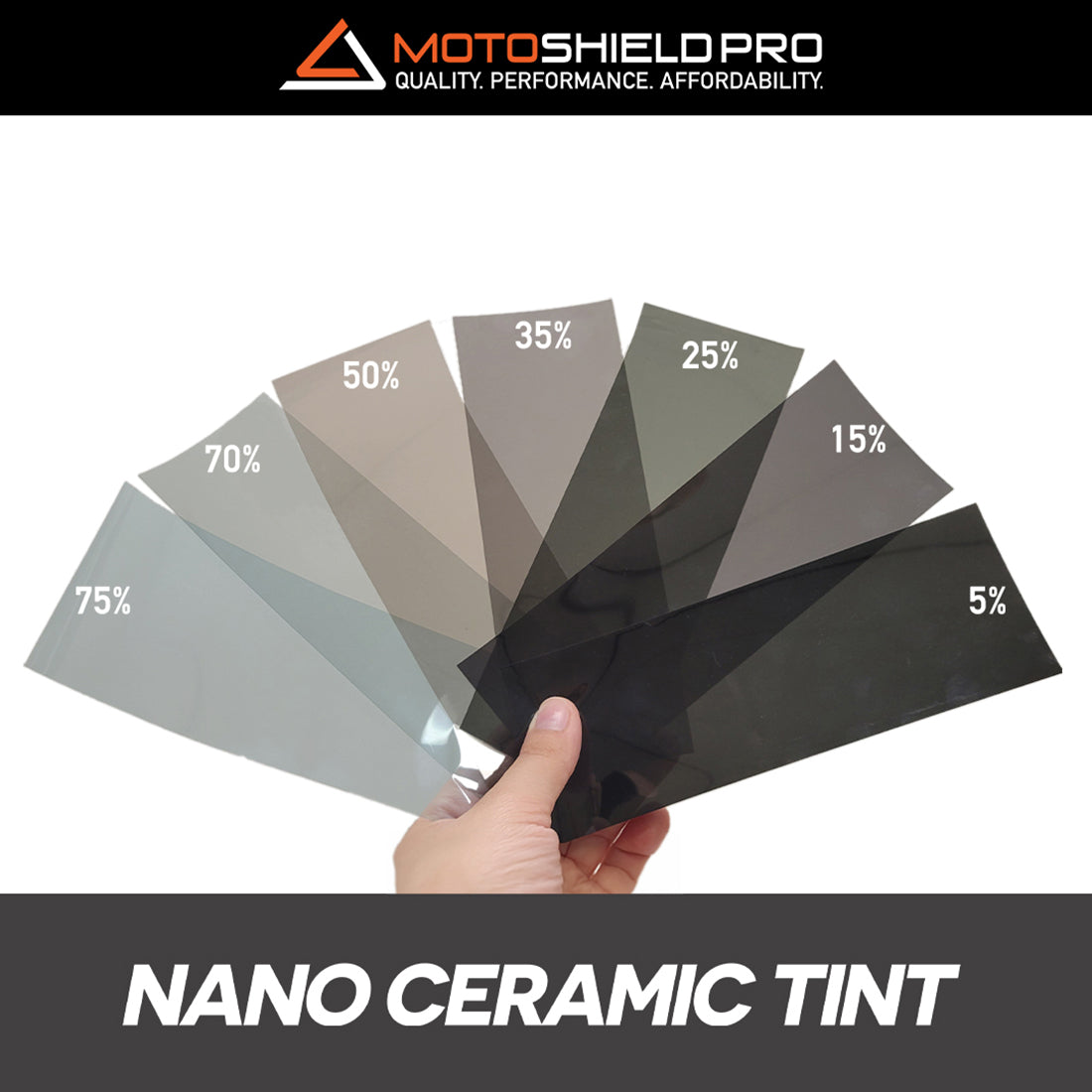Vehicle Window Tinting: Durable Defense for Your Auto's Windows
Vehicle Window Tinting: Durable Defense for Your Auto's Windows
Blog Article
Window Tinting Rules and Guidelines: What You Required to Know Before Tinting Your Vehicle
Prior to waging home window tinting for your lorry, it is essential to familiarize yourself with the diverse laws and standards that govern this technique across various states. These policies determine the permitted degrees of tint darkness, typically determined by visible light transmission (VLT) portions, and consist of certain terms for front windscreens targeted at guaranteeing roadway safety. In addition, certain territories may use clinical exceptions for people with certifying problems. Comprehending these intricacies can conserve you from potential legal ramifications, however what are the particular guidelines in your state?
Review of Home Window Tinting Laws
Home window tinting laws are regularly subject to variant across various jurisdictions, mirroring regional regulations and security factors to consider. These legislations dictate the permitted levels of tint darkness and reflectiveness on lorry home windows, guaranteeing that vehicle drivers preserve sufficient exposure while additionally protecting against unsafe UV rays and warmth.
Most laws categorize window tinting based on the Visible Light Transmission (VLT) percentage, which indicates the quantity of light that can go through the home window. Typically, reduced VLT portions indicate darker tints. Laws usually set apart between the front, side, and rear windows, with stricter restrictions used to the front windshield to boost security for both the motorist and other road customers.
In addition, some jurisdictions enforce restrictions on the reflectivity of the tint, avoiding excessive glare that can hinder exposure. Exceptions to these laws might exist for individuals with particular clinical problems needing added sun defense. Compliance with home window tinting guidelines is crucial, as offenses can cause penalties, mandatory elimination of the color, and potential boosts in insurance costs. It is essential for automobile owners to familiarize themselves with local legislations prior to continuing with home window tinting installments.
State-by-State Color Rules
Recognizing the specific window tinting regulations in each state is important for lorry proprietors seeking to follow the legislation. Each state in the U.S. has actually established its very own set of rules governing window tinting, which can differ substantially. These regulations typically dictate the allowable levels of color darkness, the sorts of windows that can be tinted, and any kind of medical exemptions that might apply.
As an example, states like California have rigid limitations on tint darkness for front home windows, while others, such as New Mexico, might permit darker colors. Furthermore, specific states mandate specific presence percents for various home windows, consisting of the windscreen, front side home windows, and rear home windows. It is essential for cars and truck proprietors to familiarize themselves with their state's laws to prevent prospective penalties or fines.
Additionally, some states might need a qualification sticker label to be positioned on colored windows, indicating compliance with state legislations. Failing to comply with these guidelines not just risks legal repercussions however can likewise impact safety and security and exposure while driving. For that reason, lorry owners must perform detailed study or speak with regional authorities to make sure complete understanding and compliance with state-by-state color guidelines.
Allowed Color Levels and Types
Lots of car owners may be shocked to discover that enabled tint levels and kinds differ widely across different states. Each state has actually established its own laws concerning the allowable darkness and reflectivity of window color, often gauged by Visible Light Transmission (VLT) portions. VLT describes the blog quantity of light that can pass through the tinted windows; therefore, a reduced portion indicates a darker tint.

Moreover, the sorts of color materials enabled can differ, with some states forbiding mirror-like or metallic finishes. It is essential for vehicle proprietors to familiarize themselves with their state's specific laws to make certain conformity. Non-compliance can lead to fines, required removal of the color, or various other lawful repercussions, making it vital to understand these regulations before continuing with installation.
Medical Exemptions for Tinting
While not all states give allowances for medical exemptions concerning home window tinting, those that do recognize the need for specific people to improve exposure and comfort as a result of medical problems. Different medical conditions, such as lupus, skin cancer cells, and specific eye disorders, can make individuals particularly delicate to sunlight. Consequently, these people might call for darker colors to secure themselves from damaging UV rays and glare.

It is necessary to keep in mind that despite a medical exemption, there might still be constraints on the degree of color allowed. Compliance with state laws makes certain that people are both safeguarded and within lawful limits. Those considering medical exemptions must call their neighborhood Division of Motor Cars or equal authority to recognize the requirements and treatments necessary to obtain an exemption efficiently.
Fines for Non-Compliance
Stopping working to you could try these out abide by window tinting regulations can bring about significant charges, which differ by state. Legislation enforcement agencies are empowered to issue citations for automobiles that do not comply with the defined tinting policies. These charges typically consist of fines, which can range from modest amounts to several hundred bucks, relying on the intensity of the violation and the state concerned.
In some jurisdictions, duplicated offenses might lead to intensifying penalties or additional charges, such as obligatory court looks. Furthermore, non-compliance may require the elimination of prohibited tinting, often at the proprietor's cost. In extreme cases, regular culprits might deal with suspension of their automobile registration till conformity is accomplished.
In addition, insurance policy implications might occur from getting multiple citations for window color violations. Insurance companies might watch such infractions as a sign of riskier actions, possibly leading to raised costs or problem in coverage.
To stay clear of these penalties, it is critical for lorry owners to familiarize themselves with their local home window tinting legislations and guarantee that their lorry complies (Window Tinting). This proactive method not only prevents lawful implications but additionally advertises road safety and security
Conclusion

Most laws classify home window tinting based on the Visible Light Transmission (VLT) percentage, which suggests the quantity of light that can pass through the window. Compliance with home window tinting regulations is vital, as offenses can result in fines, obligatory elimination of the color, and potential rises in insurance coverage premiums.Understanding the particular home window tinting laws in each state is essential for vehicle proprietors seeking to abide with the legislation. These regulations frequently determine the allowed degrees of tint darkness, the kinds of home windows that can be tinted, and any kind of clinical exceptions that may use.
For instance, states like California have rigorous limitations on tint darkness for front windows, while others, such as New find this Mexico, may enable darker colors.
Report this page